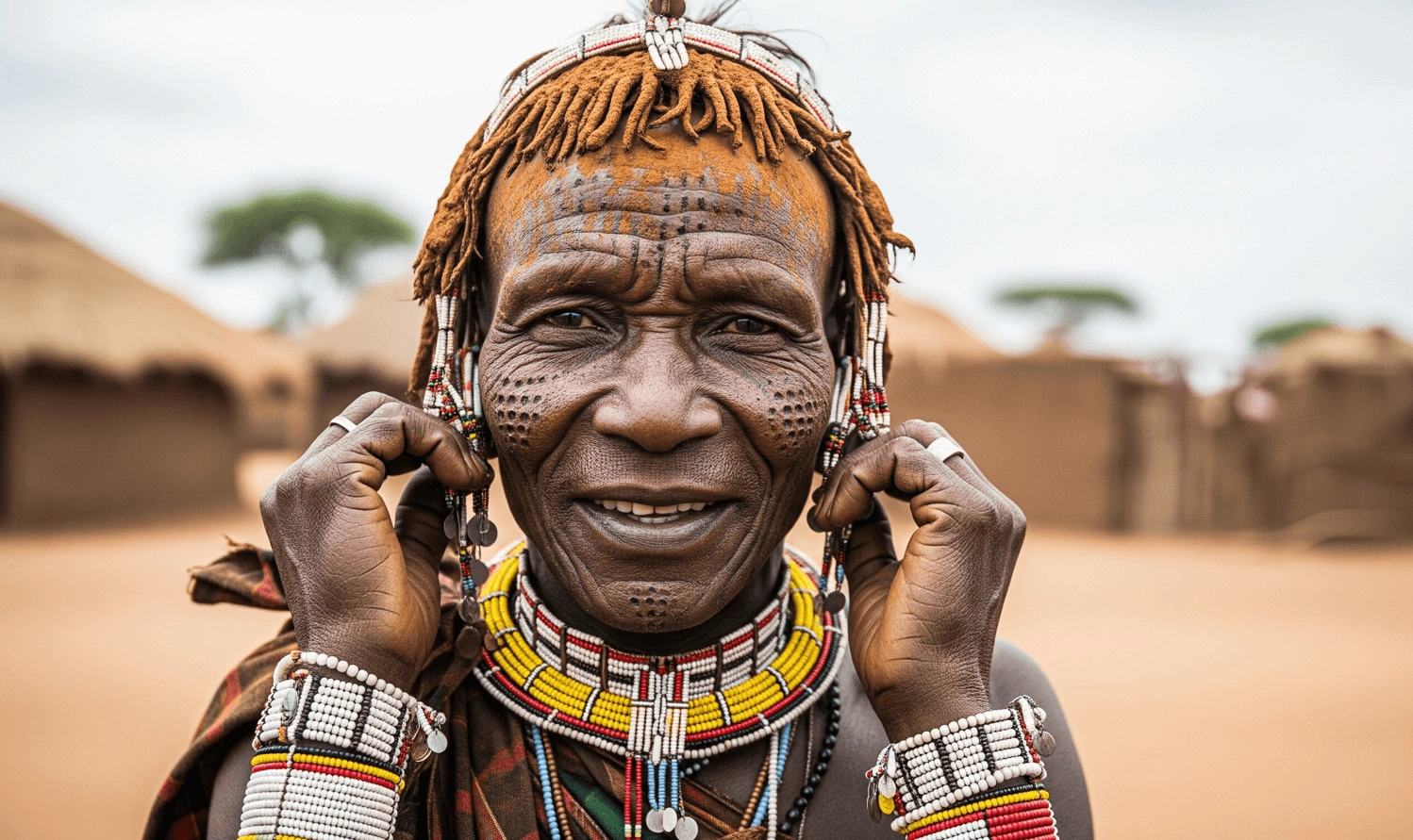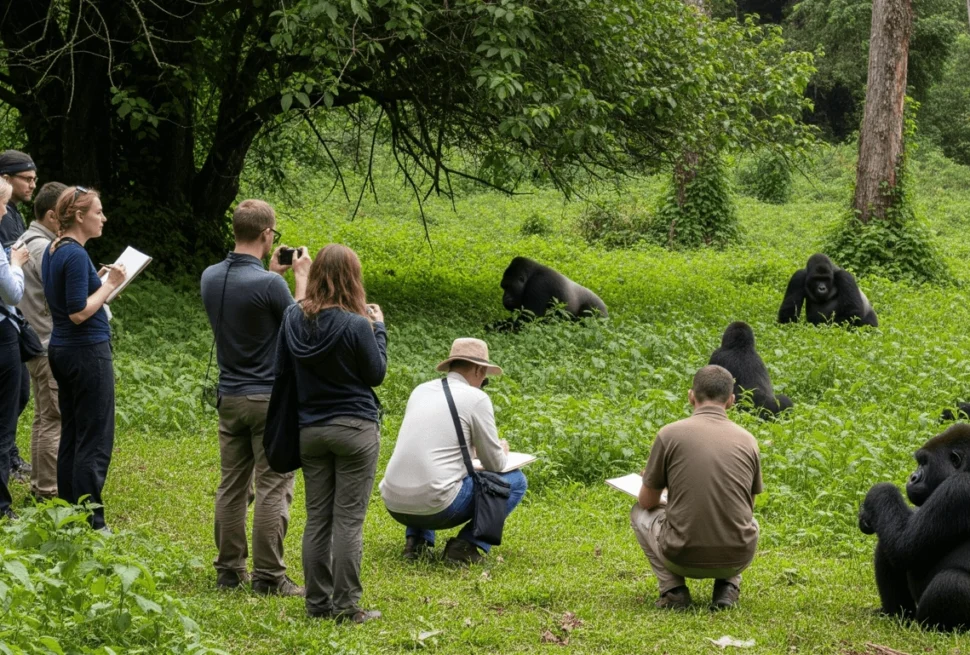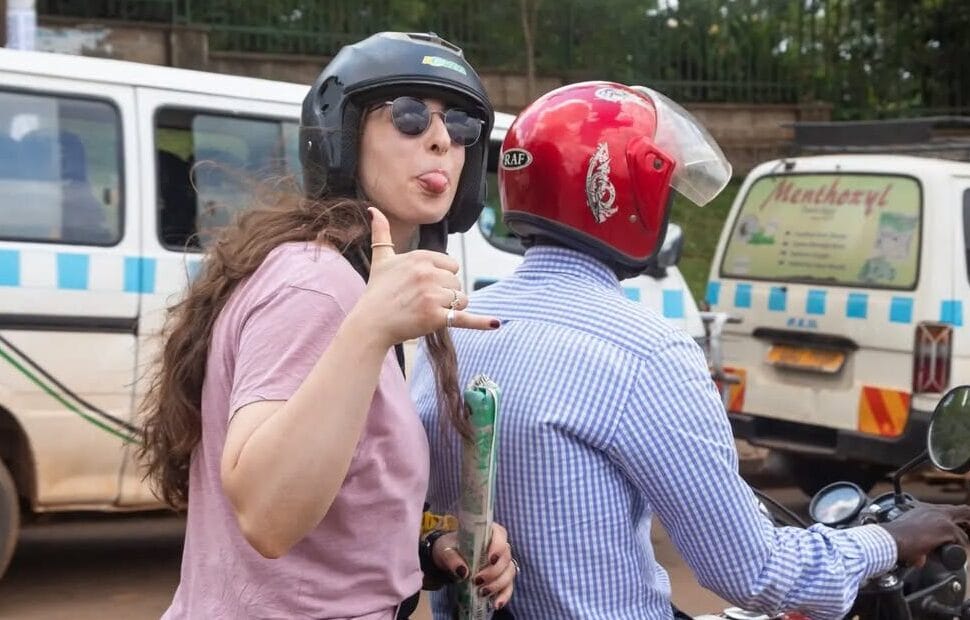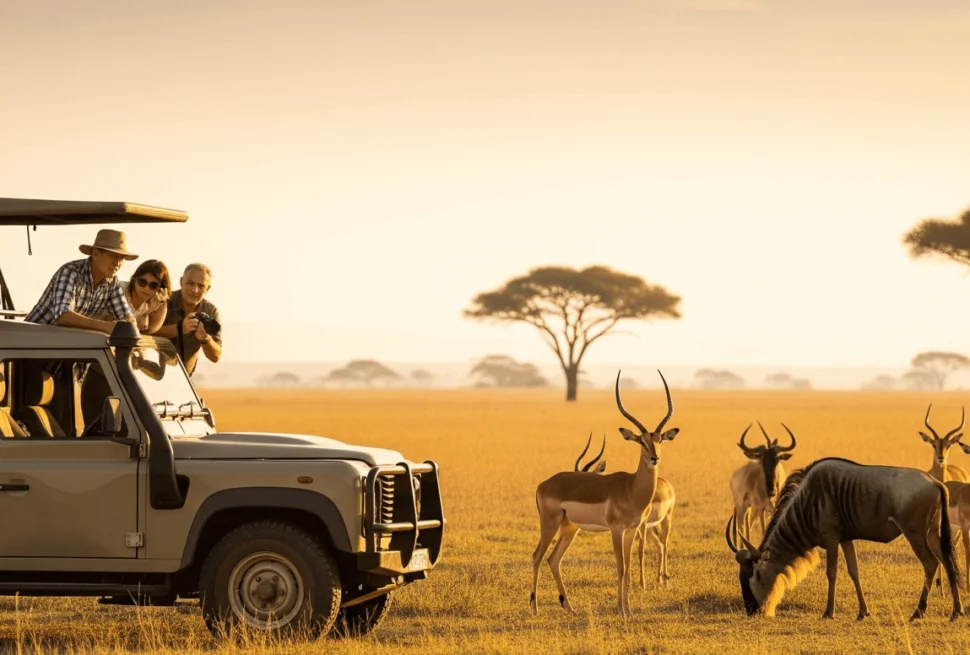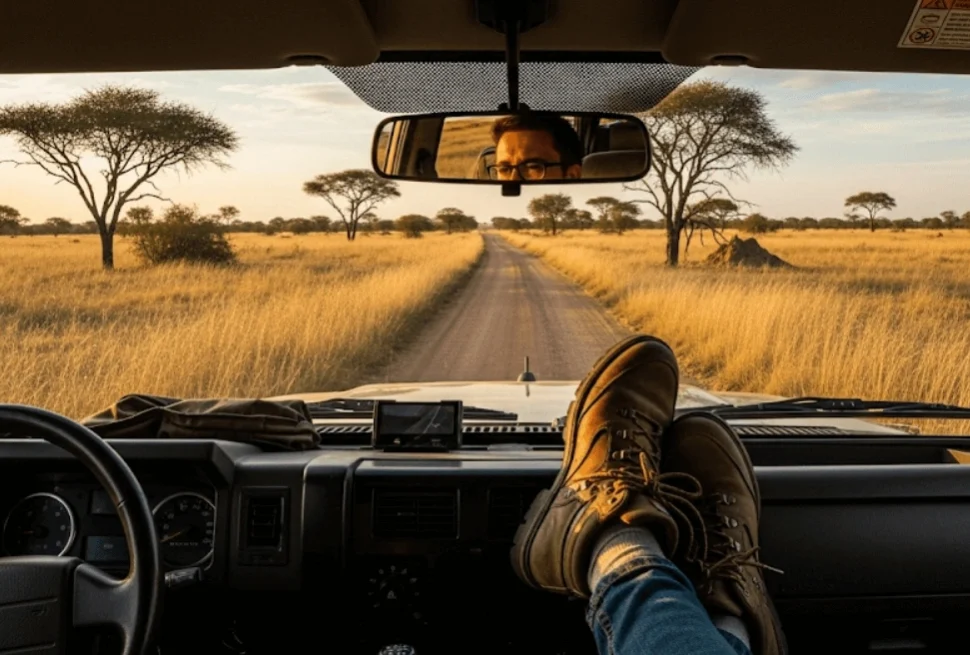In the far northeastern corner of Uganda, there’s a place where time holds its breath. Here, the rhythms of life are measured not in hours, but in cattle songs, firelight stories, and the soft, deliberate steps of the nomadic Karamojong people.
Most travelers sweep past this region in pursuit of mountain gorillas or the Big Five. But those who pause—who take the winding road to Karamoja—are richly rewarded.
Key Takeaways
- Visiting the Karamojong tribe offers rare, meaningful cultural encounters away from mass tourism.
- You’ll witness authentic pastoral life, with unique traditions centered around cattle, dance, and storytelling.
- Karamoja’s untouched landscapes are some of the most breathtaking in Uganda.
- The experience challenges common perceptions and offers deep human connection.
- It’s a profound complement to wildlife safaris, adding cultural depth to your Ugandan journey.
Why Visit the Karamojong Tribe?
Unlike more widely visited cultural groups in East Africa, the Karamojong remain largely untouched by tourism’s heavy footprint. Here’s why that matters: the experience feels real. It’s not staged for cameras. You’re walking into their world, not a performance.
When I first visited, I was humbled by the openness. These are people who wear their history on their bodies—beaded jewelry, scarification patterns, ochre-smeared hair—each a story, each a legacy.
Visiting the Karamojong isn’t just about seeing another culture. It’s about sharing a moment of truth.
1. Unfiltered Cultural Encounters
Spend time in a manyatta (a Karamojong homestead) and you’ll quickly realize you’re not a tourist here—you’re a guest. You might join in the rhythmic jumping dances, try your hand at traditional archery, or sit cross-legged as elders recount tales of cattle raids and survival.
Unlike some heavily commercialized village visits elsewhere in Africa, these moments feel intimate and personal.
For travelers craving authenticity, this is it.
2. Connection to Uganda’s Pastoral Heart
For the Karamojong, cattle are life. They’re not just livestock—they’re wealth, identity, and social currency. Watching how they care for their animals, how they sing to them and move with them, gives you a window into a world that has thrived for centuries.
You begin to see cattle not as commodities, but as part of a delicate social fabric.
(If you’re interested in Uganda’s other wildlife stories, you might also love our Big Five safaris in Uganda and the best time to see the Big Five.)
3. The Beauty of Karamoja’s Landscapes
Many people imagine Uganda as lush rainforests and misty mountains. Karamoja is different. The golden savannah, the jagged peaks of Mount Moroto, and the endless open skies—this is Uganda’s wild, rugged frontier.
For hikers, Mount Moroto offers challenging but rewarding treks, and the sunset views? Simply unforgettable.
4. Slow, Respectful Travel
Visiting the Karamojong is not a checklist item. It’s slow travel at its best. You linger. You listen. You let conversations stretch without rushing to the next photo opportunity.
There’s a growing movement toward responsible travel in Uganda—and this kind of cultural visit embodies that. Local guides ensure the community benefits directly, and you’re encouraged to engage with genuine curiosity, not as a spectator.
(If you’re thinking about ways to make your Ugandan safari more mindful, we’ve put together tips on responsible travel in Uganda.)
5. Challenging Your Own Assumptions
Truth is, many people arrive in Karamoja with preconceived notions—about nomads, about “remote” tribes, about safety. And yet, they leave with something else: empathy, connection, and often, friendship.
This isn’t a human zoo. It’s an exchange. You learn as much about yourself as you do about them.
6. Supporting Community-Led Tourism
Several Karamojong communities are actively involved in shaping how visitors experience their culture. The money from your visit often supports local projects—education, healthcare, water access.
It’s not perfect, but it’s progress. And it matters.
(Planning a wider Ugandan journey? Here’s how far in advance you should book a safari.)
7. A Rewarding Detour From Uganda’s Classic Safari Circuit
Uganda is famous for gorilla trekking, and yes—it’s unmissable. (If you’re curious about gorilla trekking in Uganda, we’ve written extensively about it.)
But adding Karamoja to your itinerary gives you a completely different texture—a cultural depth that pairs beautifully with the country’s wildlife riches.
This is the other side of Uganda. And it’s stunning.
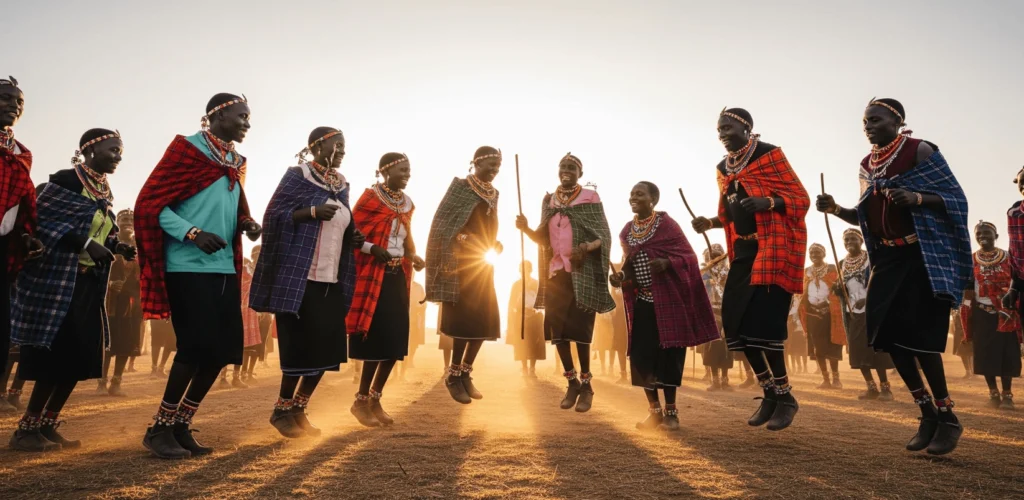
Visiting the Karamojong tribe isn’t about ticking boxes—it’s about stepping into another rhythm of life and letting it move you.
If you’re planning your Ugandan safari and would like to include Karamoja, we’d love to help you create a tailored, respectful journey. Feel free to request a quote—let’s craft something unforgettable together.
FAQ: Visiting the Karamojong Tribe
Is it safe to visit the Karamojong region?
Yes, it’s safe to visit Karamoja with a trusted local guide or tour operator. The region has become increasingly stable and welcoming to visitors.
How do I interact respectfully with the Karamojong people?
Ask before taking photos, be open to conversations, and engage with humility. Local guides will help you navigate cultural sensitivities.
What should I bring for a visit to Karamoja?
Comfortable walking shoes, modest clothing, sunscreen, and a flexible mindset. Gifts aren’t expected but supporting local crafts is always appreciated.
Can I combine a Karamoja visit with other Ugandan highlights?
Absolutely. Many travelers combine Karamoja with Murchison Falls, Kidepo Valley, or a gorilla trekking experience.
What’s the best time to visit Karamoja?
The dry season from June to September is ideal. You can also read more about the best time for safari in Uganda.

